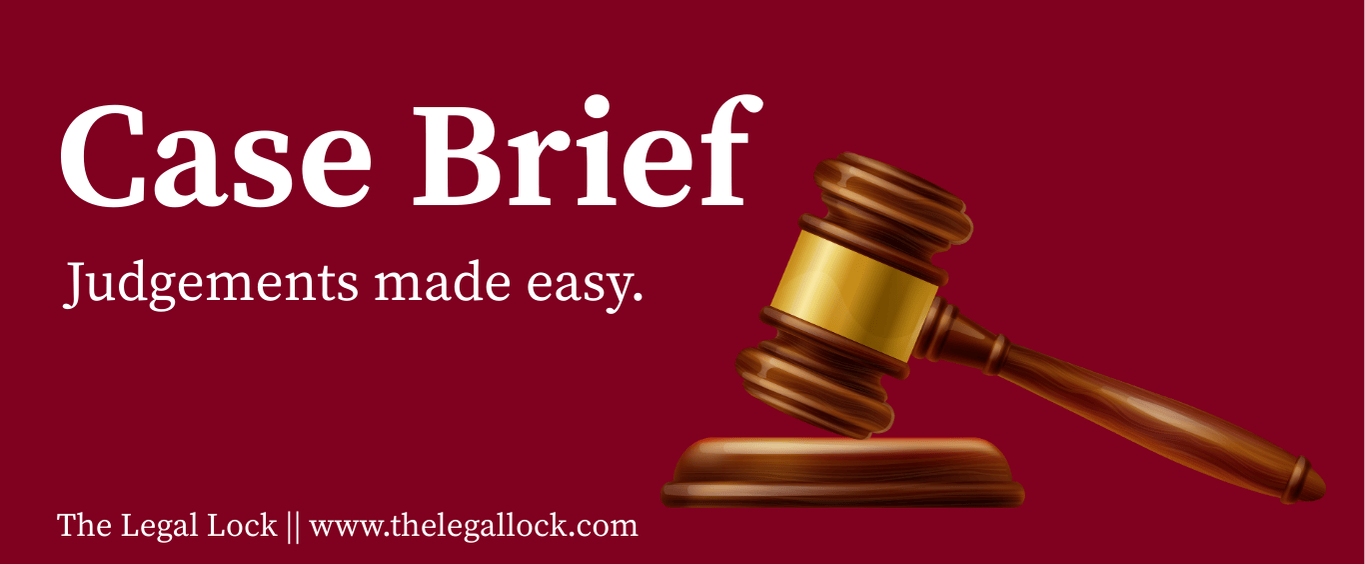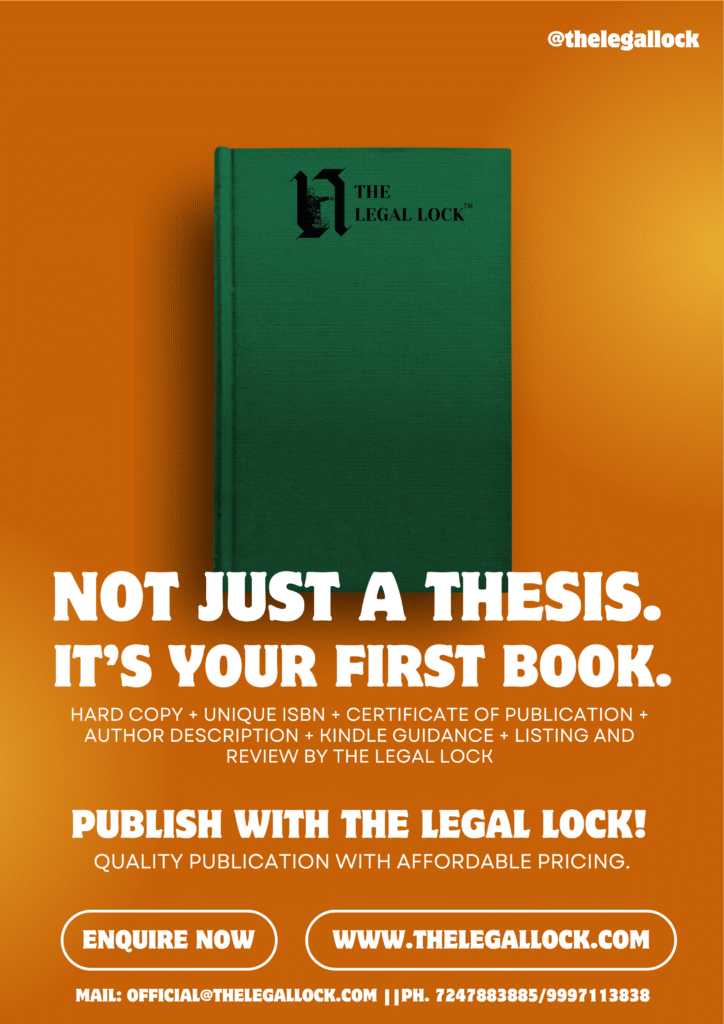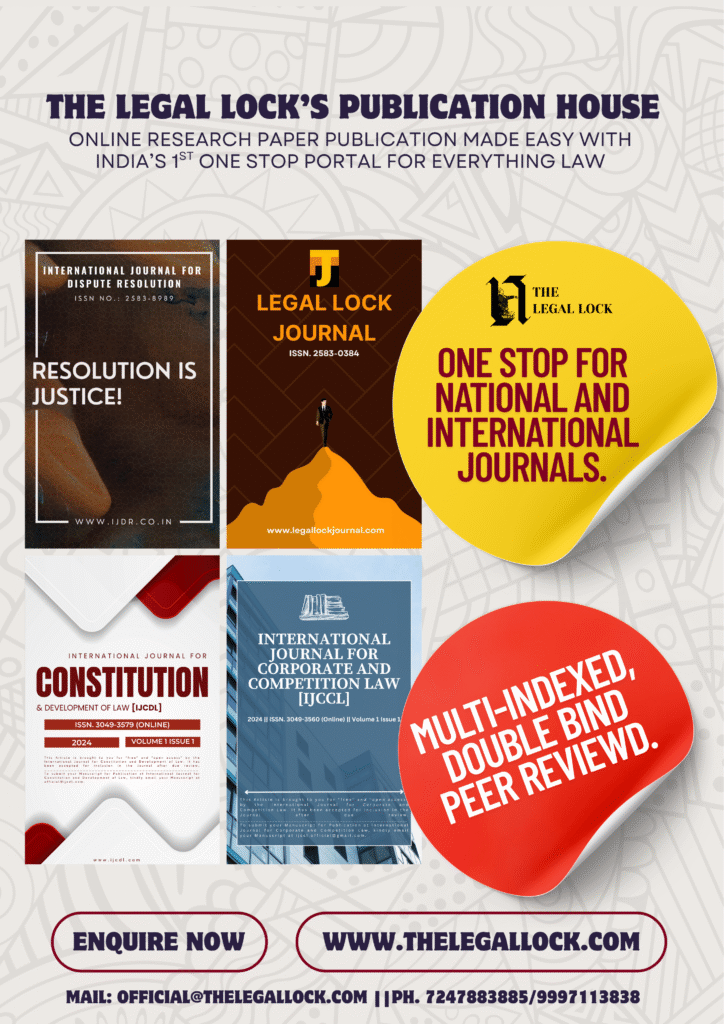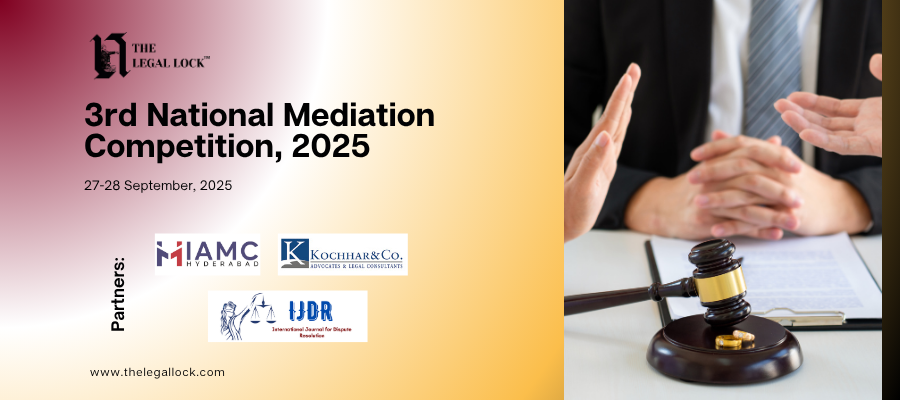Case Brief:Supreme Court Advocates on Record v UOI (Second Judges case) 1993

| CASE NAME | Supreme Court Advocates-on-Record Assn. v. Union of India, (1993) 4 SCC 441 |
| CASE NAME (Also known as) | Second Judges case |
| CITATION | (1993) 4 SCC 441 |
| COURT | In the Supreme Court of India |
| BENCH | BEFORE S. RATNAVEL PANDIAN, A.M. AHMADI, KULDIP SINGH, J.S. VERMA, M.M. PUNCHHI, YOGESHWAR DAYAL, G.N. RAY, DR A.S. ANAND AND S.P. BHARUCHA, JJ |
| APPELLANTS | SUPREME COURT ADVOCATES-ON-RECORD ASSOCIATION AND OTHERS |
| RESPONDENTS | UNION OF INDIA |
| DECIDED ON | Writ Petition Nos. 1303 of 1987 and 156 of 1993, decided on October 6, 1993 |
Introduction:
The “Second Judges Case,” a historic court case that centres on the idea of the judiciary’s independence as a fundamental component of the Constitution, is the case to which you are indeed referring. The outcome of this case, which was decided on October 6, 1993, is significant for preserving the “Rule of Law,” which is essential to the democratic system’s operation. It also addresses the directive principles of the “Separation of judiciary from the executive.” The collegium system was implemented for the appointment of judges to the Supreme Court and High Courts. The case involved a thorough examination of two significant questions:
In accordance with constitutional principles and the necessary separation of powers, the “Second Judges Case” significantly influenced the framework for the appointment of judges and strengthened the independence of the Indian court.
Maintaining the rule of law, providing checks and balances, and defending individual rights are all dependent on an independent court in a democratic society. It fosters public trust, stability, and the fair resolution of disputes.
Facts:
In the Sankal Chand v. Union of India case, the Himachal Pradesh Chief Justice’s transfer was upheld by the court. The argument picked up steam in 1982, leading to a number of writ petitions contesting judge transfers and raising issues with the legitimacy of judicial strength. The Supreme Court, in its resolution, bestowed ultimate control upon the Central Government. Responding to this, the Parliament introduced the Constitution (67th Amendment) Bill 1990, seeking to amend articles 124(2), 217(1), 222(1), and 231(2)(a). The bill aimed to authorize the president to establish a National Judicial Commission, aligning with the recommendations of the 121st Law Commission Report. Regretfully, the bill expired when the 9th Lok Sabha was dissolved.
Subsequently, a three-judge court chaired by Chief Justice Ranganath Mishra and including Justices MN Venkatachaliah and MM Punchhi heard writ petitions asking for a review of the SP Gupta case. This bench, emphasising the complex concerns pertaining to power dynamics, judicial appointments, and the proposed constitutional revisions, advised reconsideration. The pivotal moment occurred in 1993 when a Constitution Bench comprising nine judges made a noteworthy decision in the Supreme Court case of Advocates-on-Record Association v. Union of India. The bench reversed the ruling in SP Gupta’s Case by a majority of 7-2, questioning the assertion that “consultation” did not entail “concurrence” and contesting the lack of a clear definition of the Chief Justice of India’s supremacy inThis development marked a pivotal moment in reshaping the legal landscape surrounding judicial appointments and constitutional interpretations.
Issues:
- What is the significance of the Chief Justice’s role in the appointment process? And how does this perception influence the Chief Justice’s position in judging matters related to appointments and transfers?
- Should the opinion of the Chief Justice of India be given primacy in the appointment and selection of Judges for High Courts and the Supreme Court?
- What considerations guide the court in matters related to the transfer of Judges from one High Court to another?
- Are matters related to the fixation of the number of Judges for each High Court considered justiciable?
- The issue of representation and diversity in judicial appointments, particularly concerning the less privileged classes?
- The issue of judicial review(validity) and interference in matters related to fixation of judge strength?
Petitioner’s Arguments:
1) The appointment of Judges is a critical responsibility entrusted to the judiciary, and it should not be shared with the executive or the legislature.
2) The constitutional amendment has compromised the independence of the judiciary significantly.
3) The lack of disclosure regarding the inadequacy of the existing procedure suggests an attempt to diminish the earlier primacy of the Chief Justice of India as established under Articles 124 and 217.
4) The Constitutional Amendment and the National Judicial Appointments Commission Act have eliminated the judiciary’s unimpeachable primacy, and until a system is in place that reaffirms this primacy, the independence of the judiciary cannot be considered preserved.
Respondent’s Arguments:
1) The Constitution did not originally contemplate Judges appointing Judges to the higher judiciary.
2) The amended provisions ensure transparency and a broad-based consideration by requiring a recommendation from five of the six Members of the National Judicial Appointments Commission for an appointment.
3) The Parliament fulfilled its responsibility to citizens by enacting the Constitution (99th Amendment) Act and the National Judicial Appointments Commission Act to establish a meaningful process for the selection and appointment of Judges.
4) The composition of the National Judicial Appointments Commission, introduced through the Constitution (99th Amendment) Act, adheres to constitutional requirements without violating the principles of separation of powers or the independence of the judiciary. The impugned provisions are argued to preserve the basic structure of the Constitution.
Judgement:
The Constitution Bench dismissed the SP Gupta case’s conclusions by a vote of 7–2. This historic decision set new guidelines in addition to overturning the previous one. The Bench acknowledged the special and vital role played by the Chief Justice of India in the process and underlined the significance of “consultation” in the nomination of judges. This ruling significantly deviated from the viewpoint expressed in SP Gupta’s Case, which had an impact on the processes that followed for the nomination of justices to the Supreme Court.
The court comes to the conclusion that the Chief Justice of India has a unique, singular, and fundamental role after debating the question of priority in the selection of judges to the Supreme Court. It is distinguished by a collaborative and respectful relationship that emphasises participation with the executive. Neither the Chief Justice nor the executive can unilaterally impose an appointment against the wishes of the other. In this ruling, the majority, including Justices JS Verma, Yogeshwar Dayal, GN Ray, Dr. AS Anand, and SP Bharucha, with separate concurring judgments by S. Pandian and Kuldip Singh, JJ, overruled the viewpoint established in SP Gupta’s case regarding the issue of “primacy.”
The minority, represented by Ahmadi and Punchhi, contended that when it comes to deciding a judge’s strength, the executive has the final say over the Chief Justice’s judgement. Punchhi did not voice an opinion on the fixation of judge strength, but in SP Gupta’s case, Ahmadi, J. agreed with Venkataramaiah, J., permitting a limited mandamus on the matter. The case’s prevailing ruling emphasises how crucial it is that the president’s guidance be in line with constitutional precepts. Any advice that doesn’t follow the constitution isn’t really considered guidance. This decision clearly shows that Article 74 does not apply to Article 124, which is a significant development in our understanding of the provision.
In an effort to preserve the independence and integrity of the judiciary, the nine-judge bench not only reversed the ruling in S.P. Gupta’s case but also established a particular process for the nomination of justices to the Supreme Court. As a result, it was decided that the Chief Justice of India should have priority.
Proposals must come from the respective Chief Justices in the case of High Courts, as directed by the Chief Justice of India. In addition to being compelled to confer with two of their senior colleagues, the Chief Justice of India now has to suggest transfers—forming a judicial troika. Two things could happen if the government rejects a troika’s request for an appointment:contingent on the concurrence of the senior colleagues: if they advise withdrawal, the recommendation is retracted; if they agree with the Chief Justice of India, the recommendation is resubmitted and must be accepted.
According to the bench, the Chief Justice of India, in consultation with his two most senior colleagues, should make recommendations for judicial appointments, and these recommendations should generally be acted upon by the executive. This shift granted the Chief Justice of India a central role in appointing judges, altering the previous responsibility held by the government to fill vacancies in High Courts and the Supreme Court. The issue of judicial appointments has been a longstanding concern since the inception of the constitution, requiring resolution through the interpretation of relevant constitutional provisions. The pervasive concern has been the preservation of judicial independence, necessitating a delicate balance between democratic oversight and impartial arbitration.
Although the transferee’s agreement is not relevant, the Chief Justice of India is required to take personal circumstances into account when carrying out the transfer, in accordance with the SP Gupta case. Transfers shouldn’t be seen as a kind of punishment. The majority feels that seniority is crucial in the appointment of the Chief Justice of India, subject to the candidate’s suitability. It is appropriate to take into account the seniority of Supreme Court justices both individually and collectively within the High Court, while also taking into account the reasonable expectations of judges who are set for promotion. The Indian constitution, in contrast to some others, does not give the government total authority, which strengthens the position of the Chief Justice of India. An essential convention, the practise mandated by the Indian Constitution requires approval for nominations from the Chief Justice of India.
Judge strength is subject to court review, provided that it can be shown that the judge’s insufficient strength causes injustice to be delayed, in accordance with Article 21’s requirement for expedited trials. Justice Ratnavel Pandian draws attention to the underrepresentation of particular groups and requests that the government submit a list so that the Chief Justice of India can make decisions on women, OBCs, SCs, and STs based on statistical evidence. The Chief Justice of India has the authority to approve transfers, and transfers without the transferee’s consent are not justiciable.
In light of the SP Gupta case, the Chief Justice of India is required to take personal issues into account.The majority emphasizes seniority for appointing the Chief Justice of India, contingent on fitness, and for Supreme Court judges, combining seniority in the High Court with legitimate expectations of elevation. The Indian constitution, unlike others, limits executive discretion, acknowledging the Chief Justice of India’s elevated position.
Analysis and Conclusion:
The Supreme Court decided to reconsider its verdict in the First Judges case ten years after it was rendered. Following the emergency, two senior judges of the Apex Court were passed over for the position of Chief Justice of India by their junior equivalent, demonstrating the unfavourable effects of giving the CJI exclusive authority. Unlike the First Justices case, the Second Judges case maintained that the CJI should make recommendations and appoint people in conjunction with the other two most senior judges. When making recommendations for appointments or judge transfers, the CJI must confer with the other collegium members. The collegium then sends its recommendations to the president for approval. By a majority vote of 7 to 2, a 9-judge court decided that the Constitution’s Articles 124 and 217 should be interpreted in a “purposive and contextual” manner. As first suggested in the First Judges case, this cemented the creation of a judges’ collegium for the appointment of judges.
The events that followed, nonetheless, did not follow the judgment’s anticipated course of events. The three-member collegium frequently encountered difficulties, such as members avoiding direct discussions and situations in which the CJI disagreed with the suggestions made by the other two senior members. This suggests that the Second Judges Case did not fully address the problems with the collegium system and effectively maintained the Chief Justice of India’s dominance.







